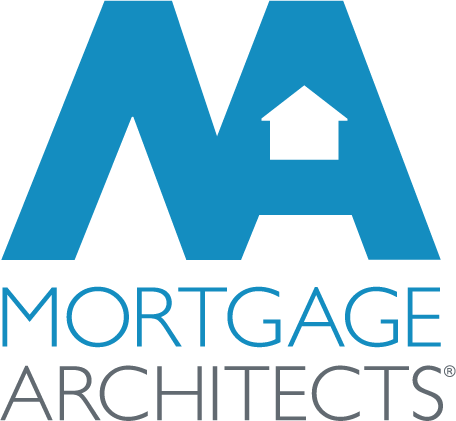Navigating the mortgage process as a self-employed individual can be more complex than for those with traditional employment. Lenders often view self-employment as riskier, which can make qualifying for a mortgage more challenging. However, with proper preparation and understanding, you can improve your chances of securing a mortgage. Here’s a guide on how to qualify for a mortgage if you’re self-employed.
1. Prepare Detailed Financial Documentation
Self-employed borrowers need to provide comprehensive financial documentation to prove their income and financial stability. Key documents include:
- Tax Returns: Provide personal and business tax returns for the past two years. Lenders use these to verify income and assess the stability of your business.
- Profit and Loss Statements: A detailed profit and loss statement for your business helps lenders understand your earnings and expenses.
- Bank Statements: Recent bank statements show cash flow and savings, which can help prove your financial health.
2. Maintain Accurate and Up-to-Date Records
Keeping detailed and accurate financial records is crucial. Lenders look for consistency and reliability in your income. Regularly updated accounting records can help demonstrate the stability and profitability of your business.
3. Show a Stable Income History
Lenders prefer to see a stable or growing income history. If your income fluctuates seasonally or varies significantly, providing a longer history of earnings can help. Aim to show at least two years of consistent or increasing income to strengthen your application.
4. Build a Strong Credit Profile
A strong credit profile can offset some of the risks associated with self-employment. Maintain a good credit score by:
- Paying bills on time
- Reducing outstanding debt
- Monitoring your credit report for errors and resolving them promptly
5. Increase Your Down Payment
A larger down payment can improve your chances of mortgage approval. It reduces the lender’s risk and can also lead to better loan terms. Aim to save at least 20% of the home’s purchase price for the down payment, if possible.
6. Work with a Mortgage Broker
A mortgage broker can be a valuable asset for self-employed individuals. Brokers have access to various lenders and loan products and can help you find options tailored to your financial situation. They can also assist with gathering the necessary documentation and navigating the application process.
7. Consider Alternative Loan Options
Traditional mortgage products might not always be the best fit for self-employed borrowers. Explore alternative loan options such as:
- Stated Income Loans: These loans may have less stringent documentation requirements but might come with higher interest rates.
- Portfolio Loans: Offered by lenders who keep loans in their portfolio rather than selling them, these loans may have more flexible requirements.
8. Prepare for a Higher Interest Rate
Self-employed borrowers might face slightly higher interest rates due to the perceived risk. Be prepared for this possibility and factor it into your budget. Improving your credit score and financial profile can help mitigate higher rates.
9. Explain Any Income Fluctuations
If your income has fluctuated, be prepared to explain why. Provide detailed explanations and supporting documents to show that any drops in income were temporary and that your business is on a stable or upward trajectory.
10. Get Professional Advice
Consult with financial advisors or accountants who can help you prepare for the mortgage application process. They can provide insights into financial planning, tax strategies, and ways to present your financial situation effectively to lenders.
Conclusion
Qualifying for a mortgage as a self-employed individual requires thorough preparation and documentation. By maintaining accurate records, demonstrating stable income, and working with professionals, you can improve your chances of securing a mortgage. Understanding the unique challenges and being proactive in addressing them will help you navigate the mortgage process more effectively and achieve your homeownership goals.

